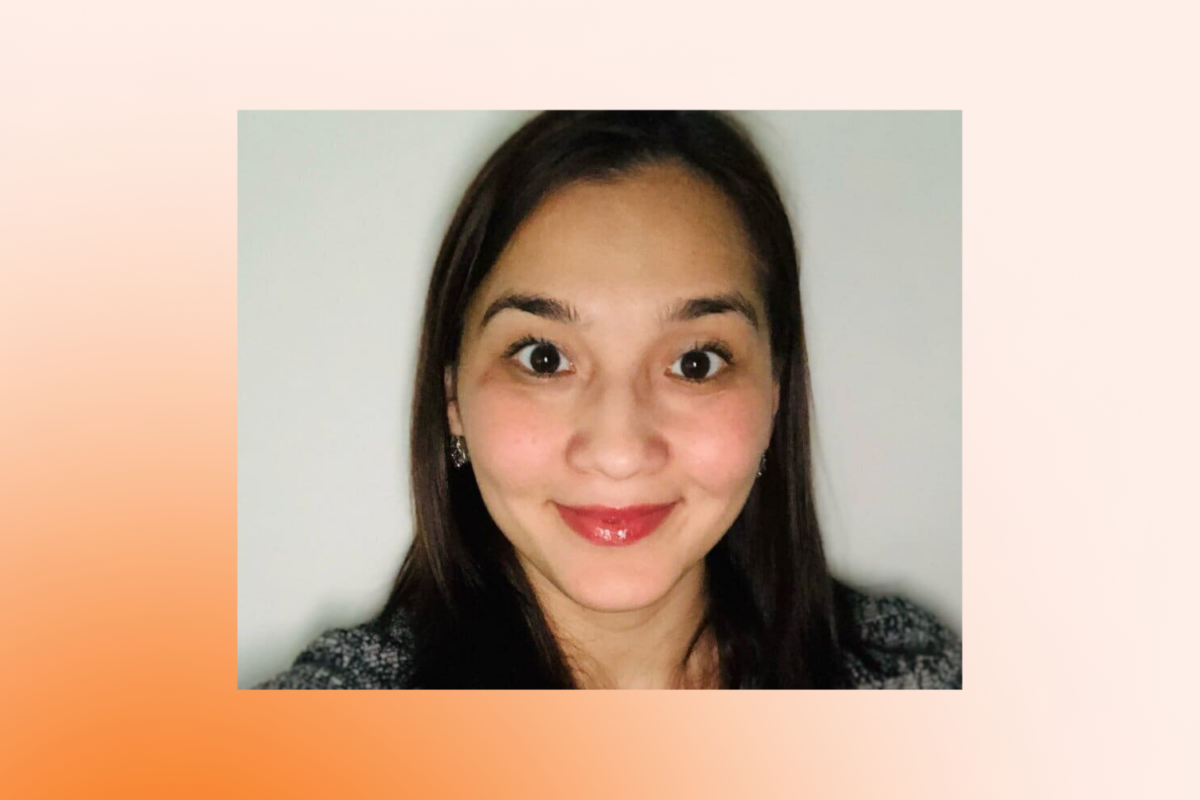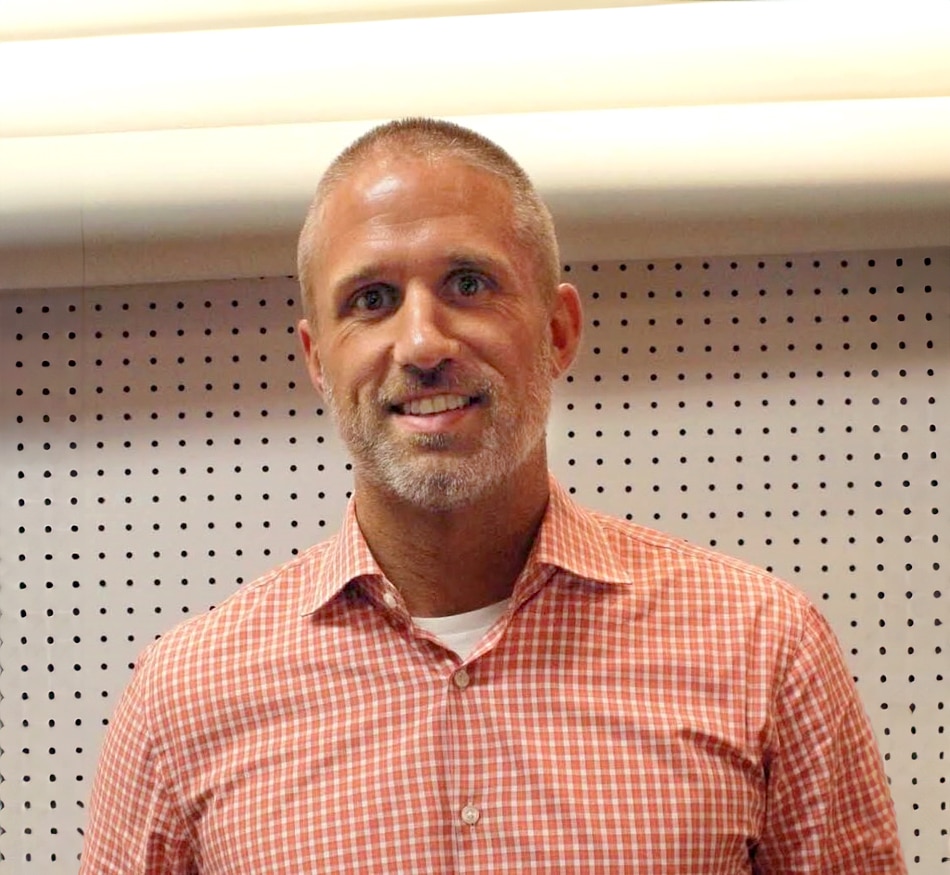With Master’s degrees in public administration and social work, Kilara Soltanoff’s educational background corresponds to the dual nature of her role at Urban Pathways. As the organization’s Chief Compliance Officer, she uses her administrative expertise in tandem with her people skills—and excels in both departments.
Kilara, who has been with Urban Pathways for more than six years and in her current role for two, focuses on quality improvement, regulatory compliance, data analysis, and program evaluation. In a sentence, the goal of her work is to ensure clients are provided with the highest quality services and that the organization as a whole is functioning as it should.
More specifically, Kilara spends time analyzing metrics and key performance indicators to understand how well Urban Pathways’ programs are serving its clients, then works to improve any deficiencies identified. For example, if areas of need are identified during initial audits, Kilara will assist the program staff with identifying a performance improvement plan that will bring the initiative back into compliance, and increase the quality of services provided to clients.
She is also charged with ensuring compliance with regulations set out by agencies such as the New York State Office of Mental Health (OMH), HUD, and various funders. These compliance standards focus on service plans, fire drills, incident reports, facility cleanliness and safety requirements , among other standards. Among Kilara’s other responsibilities are: overseeing staff training in topics ranging from communication skills, mental health issues, and conflict resolution to cultural diversity, technology skills, and more.
Aside from all her administrative tasks, Kilara is also directly involved with clients. She visits sites regularly to perform audits and verify that programs are being properly implemented. Kilara also meets with clients when grievances cannot be solved at the program level, and reviews client satisfaction surveys (“My favorite part of the job.”) for the ultimate in program assessment.
The pandemic imposed a host of new regulations on Urban Pathways, primarily health and hygiene related. The rapid-fire evolution of regulatory guidelines—particularly in the pandemic’s early days—necessitated constant changes in internal protocols. Those were busy months for Kilara.
They were also extra hectic due to the increased frequency of her on-site visits. Those were to ensure that safety plans—which involved PPE, social distancing, plexiglass barriers, and cleaning protocols—were being properly adhered to.
The public health emergency introduced other innovations as well, such as virtual training sessions and self-care workshops. It also meant new challenges for residents, mainly related to isolation and technology access. Happily, Kilara reports that things have vastly improved since the pandemic’s onset—and that staff commitment to clients has not waned since the crisis began.


